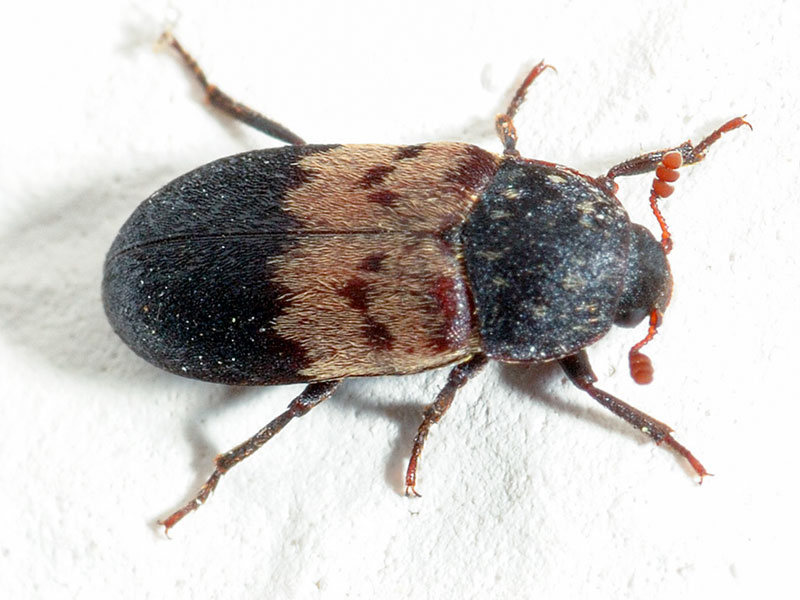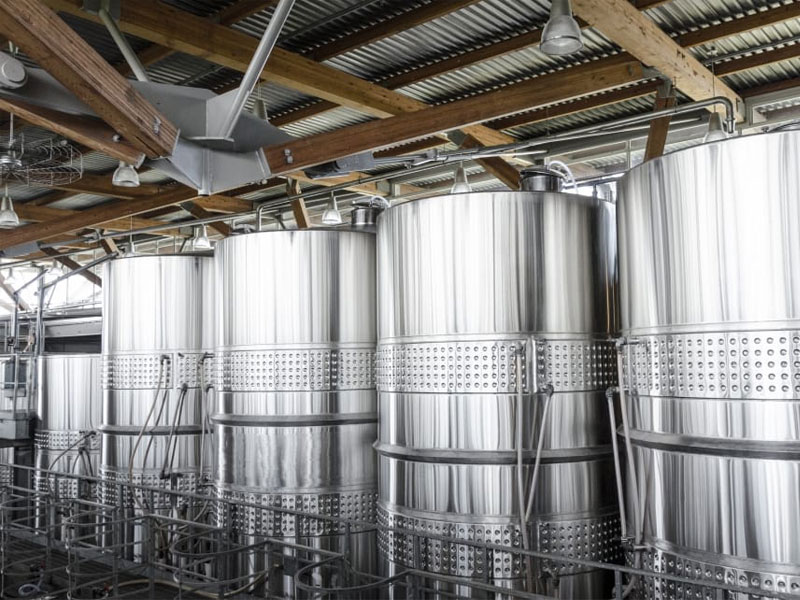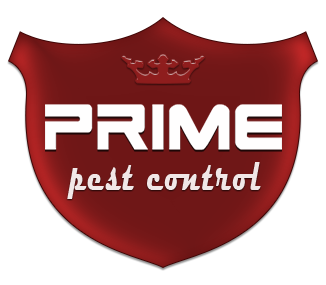Larder beetle infestation

The Larder beetle (Dermestes lardarius) is from the family of the Dermestidae. All representatives of this family feed primarily on various dried meats, dried fish and remains from animals but in some cases they can also feed on dried plants. This is why they can be found in places such as behind and under cookers and refrigerators in domestic premises and in businesses such as delicatessen stores, fishmongers, meat processing plants, and butchers.
The Larder beetle is considered a pest, due to the fact that it infests dried meats, fish and plants and also causes damage to timber, lead, tin and other materials during its development cycle. The larvae bores into them for pupation purposes and creates holes in the material, which may sometimes be a costly damage.
Larder beetle treatment and control

High level of cleanliness and sanitisation is required for the prevention and control of Larder beetle infestations. Should such an infestation occur, the infested products should be carefully disposed of, any items damaged by the pest should be treated in order to eliminate the infestation. Keeping the products in tightly sealed jars or plastic containers is a good way to reduce the chances for introduction or re-introduction of Larder beetle infestation.
In cases of established infestations of Larder beetles heat treatment is a very efficient treatment as it is ecologically friendly and safe for people. It is able to eradicate all life stages of the pest and will leave your items pest-free and ready to use again. Fumigation and surface spray with specific professional-use-only insecticide for Larder beetle is another effective approach for successful control.
Prime Pest Control offers Larder beetle treatment, control and removal services for domestic and commercial customers, achieving high success rates. Our British Pest Control Association (BPCA) trained pest technicians have been tackling Larder beetle infestations in London and the surrounding, constantly improving their approach and updating their knowledge with the latest trends in the pest control industry. We are always aiming to provide you with safe and effective pest control solutions to your pest problems that work in the long run.
In case that you need a professional pest control to deal with the Larder beetle infestation you can call in our office and book one of our experienced pest technicians. We always inspect and risk assess your property or business premises before undertaking a treatment, so that we can tailor our approach in order to achieve maximum efficiency and long-term result. Our technicians should be able to create on the spot a custom-made pest management scheme for the extermination, control and prevention of the your Larder beetle infestation, as well as monitoring for industrial plants and storage facilities. Regardless of where your property or business is situated – North, South, West and or East London, our response is swift, usually within 24 hours of the call. The service is safe and effective, available for industrial and residential cases of Larder beetle infestations.
About Larder beetles
The Larder Beetle or the Bacon beetle, which is another name for the same pest, is often found in domestic premises, usually in the areas where dried meat, fish, tobacco products, and spices are kept. It is also found in commercial and industrial businesses handling those products.
Indoors, the breeding of the Larder beetles can be a continuous process, regardless of the weather conditions outside. Once an adult Larder beetle gets in contact with a product it lays eggs in close proximity with it and the life cycle of the new beetles starts. The female beetle lays a total of approximately 200 eggs. When the eggs of the Larder beetle hatch, the larvae comes out. It usually takes 5 to 6 moultings before the larvae pupates. This happens for a period of 35 – 80 days until the pupation begins. It is in the end of the larval period when the larvae can be seen by people as they start migrating and looking for solid places (lead, cork, insulation or wood) where they can pupate. The Larder beetle remains in this form for about 15 days before reaching maturity and starting the cycle again.
The Larder beetle has dark brown colour and is 8 – 9 mm long. Its wings are covered with hairs that are pale yellow. The bottom part of the beetle is also covered with hairs in the same colour.
